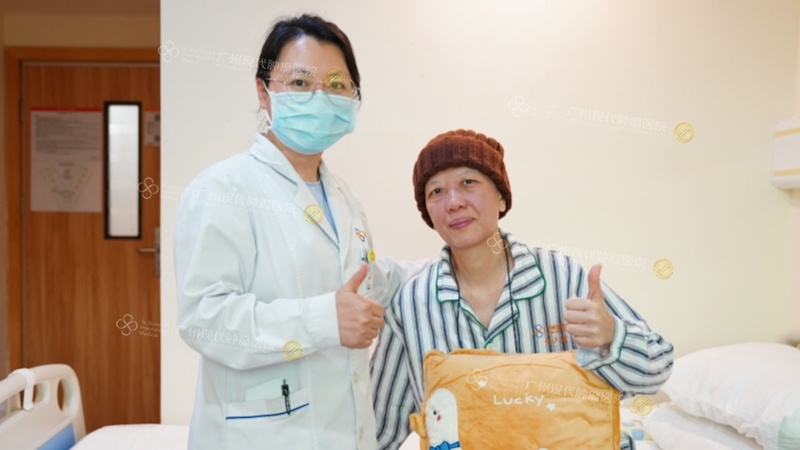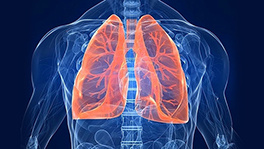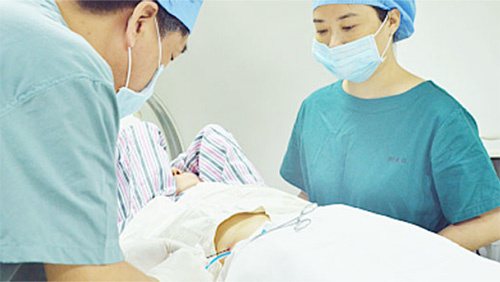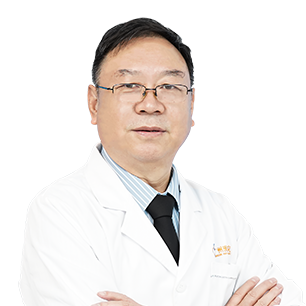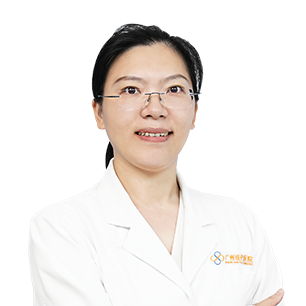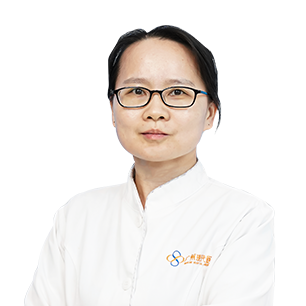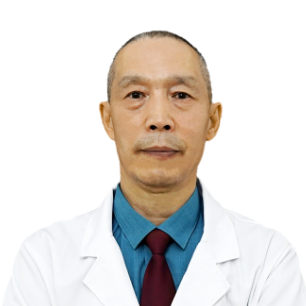 Views:105
Views:105 2025-09-09
2025-09-09 Share
Share

- Yip Woon Thing Malaysia
- Diseases:Breast Cancer
- Treatment programs:Interventional Therapy + Natural Therapy
Yip Woon Thing, from Malaysia, is a stage IV breast cancer patient. After being diagnosed in early 2025, her tumor grew and ulcerated, and local treatments showed no improvement. At the end of March, she came to Modern Cancer Hospital Guangzhou for integrated minimally invasive treatment. Two months later, her condition improved, and the tumor continued to shrink.
From Breast Lump to Advanced Cancer
Many years ago, Yip Woon Thing noticed a lump in her left breast that would swell and cause discomfort during her menstrual cycle. Like many people, she dismissed it as a minor issue that didn't affect her daily life and paid no attention.
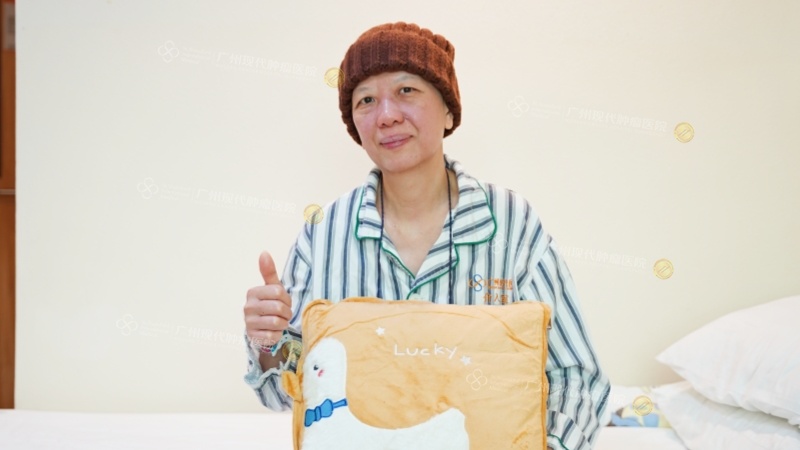
In December 2024, the lump in her left breast began to grow rapidly, accompanied by persistent swelling and pain. In January 2025, a biopsy at a local hospital confirmed invasive ductal carcinoma of the left breast. A subsequent CT scan revealed a left breast mass (6×8×9cm) with liver metastasis, an enlarged uterus, and submucosal fibroids (10×10cm) on the posterior wall and base. There was also a soft tissue mass (3×3×5cm) in the endometrium, suspected to be uterine fibroids or an endometrial tumor. Following her doctor's advice, Yip Woon Thing underwent a total hysterectomy on January 20, 2025. She was told she would need to wait 3–4 weeks after surgery before receiving treatment for her breast cancer.
In February 2025, Ye Wan Ting began oral medication to treat the tumor. However, the treatment was ineffective. After three weeks, she noticed the tumor had grown larger, accompanied by ulceration, bleeding, and hardened, reddened skin around the affected area. Her doctor urgently switched her medication, but after a month, the tumor continued to grow, and the ulcers worsened. Yip Woon Thing admitted that the sight of the tumor and sores on her left breast frightened her. Frustrated by the lack of progress, she anxiously asked her doctor what could be done, only to be told that since the cancer had progressed to stage IV with liver metastasis, they could only take things step by step. This response left her feeling utterly hopeless. "This was my first time getting sick, and the doctor I entrusted my life to treated me like this. I just looked at him quietly, not knowing how to face it all." she recalled.
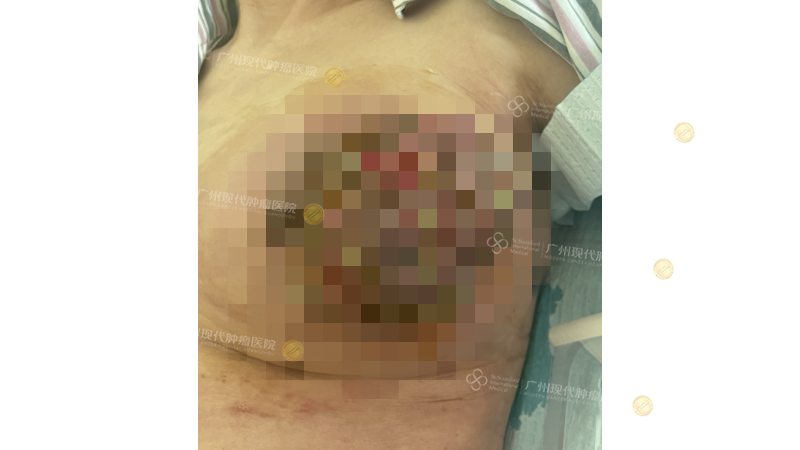
First Visit to Modern Cancer Hospital Guangzhou
Unwilling to spend time on cancer treatment that would not produce any results, Yip Woon Thing began searching for alternative options. By chance, she came across Modern Cancer Hospital Guangzhou on social media and traveled from Malacca to Kuala Lumpur International Service Center for a consultation with Dr. Hu Ying. Dr. Hu's detailed analysis of her condition, along with a clear treatment plan and expectations, convinced Yip Woon Thing to seek treatment at Modern Cancer Hospital Guangzhou.
Minimally Invasive Technology Creates a Treatment Miracle
On March 31, 2025, Ye Wan Ting arrived in Guangzhou. At the time, her left breast showed a massive tumor measuring approximately 12×15cm, with ulceration, bleeding, and fluid discharge. The surrounding skin was visibly affected by the tumor, and due to lymph node metastasis in the armpit, even raising her arm caused pain. On April 1, after reviewing her CT scan results, Director Dai Wenyan recommended immediate interventional embolization and arterial infusion chemotherapy to control tumor growth. Given her abnormal liver function and liver metastasis, liver protection measures were also prioritized.
On April 5, Yip Woon Thing underwent interventional embolization and arterial infusion therapy. She was surprised by how straightforward the procedure was—performed under local anesthesia, she remained awake throughout, and the process was quick and relatively comfortable. During her 18-day hospital stay, her condition improved significantly. The minimally invasive treatment alleviated the swelling, pain, ulceration, and bleeding in her left breast. The redness and hardening of the skin disappeared, and two swollen lymph nodes in her armpit returned to normal.
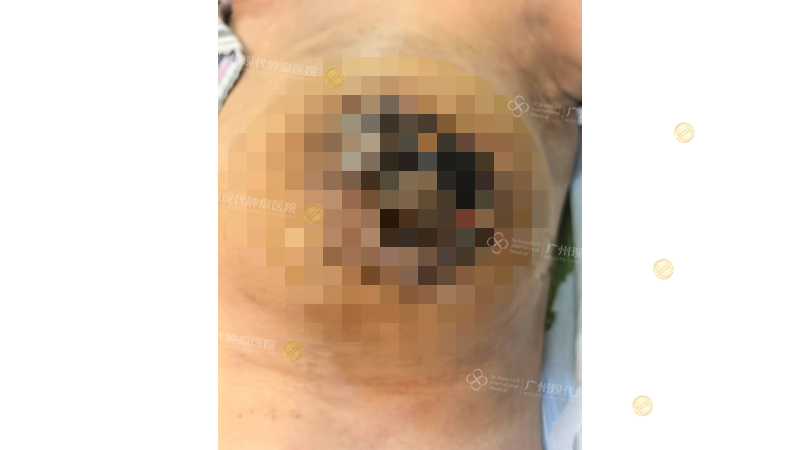
After the First Interventional Treatment
On May 13, Yip Woon Thing returned for a follow-up. The results of the first treatment cycle were remarkable: a black scab, approximately 2×3cm in size, had formed on the outer side of her left nipple, with slight fluid discharge but no bleeding. The tumor in her left breast had visibly shrunk, and both breasts were now similar in size.
On May 15, she underwent a second interventional embolization treatment and received immunotherapy tailored to her condition.
On June 6, Yip Woon Thing was admitted for the third time. A CT scan on June 7 showed further shrinkage of the left breast tumor, as well as reductions in other metastatic lesions. Following the original treatment plan, she received another round of interventional embolization, arterial infusion therapy, and immunotherapy.
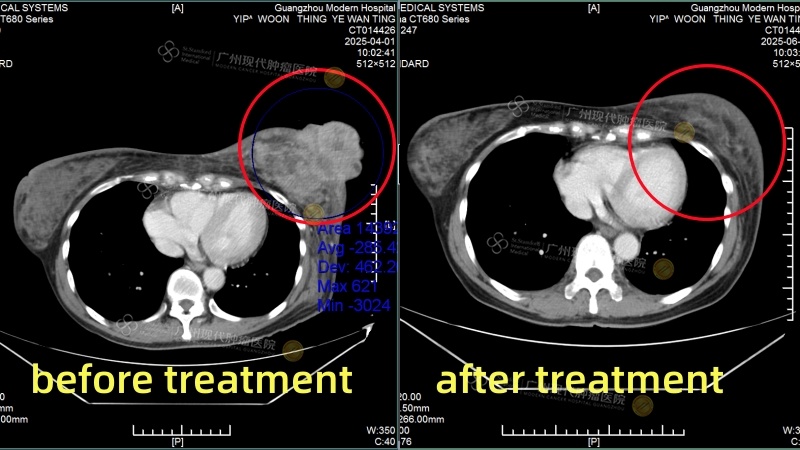
Comparison of Breast Tumor Before and After Treatment
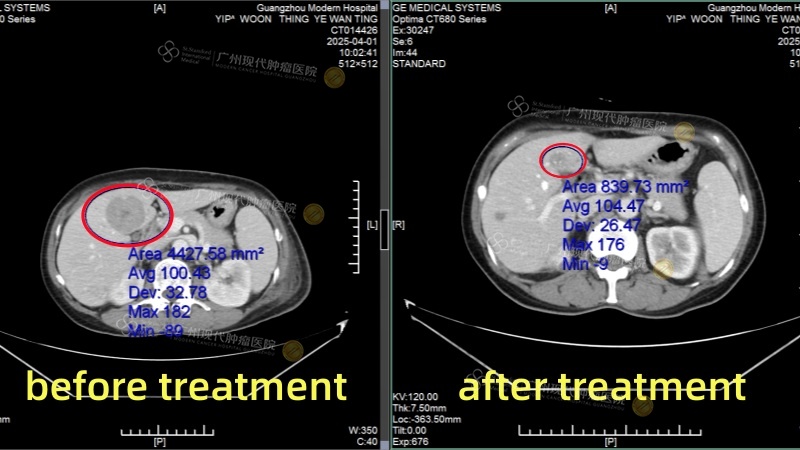
Comparison of Liver Metastasis Before and After Treatment
Technology and Mindset: Dual Forces in the Fight Against Cancer
Reflecting on her treatment journey, Yip Woon Thing remarked, "I had no idea medical technology in China had advanced so rapidly and impressively. The precision of minimally invasive technology minimizes side effects. This treatment experience is 100 times better than what I had before. In Malaysia, from my own experience and what I've heard from other patients, treatments usually involve chemotherapy drugs. It's nothing like Modern Cancer Hospital Guangzhou, where doctors explain the entire treatment plan and expected outcomes. Even after I was discharged, the doctors continued to monitor my medication and condition through online communication."
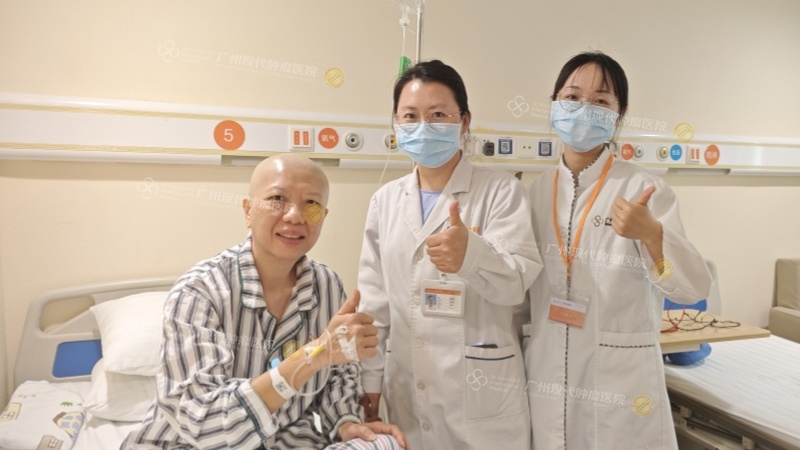
Despite the severity of her illness, Yip Woon Thing maintained a positive and optimistic attitude. When her family learned of her diagnosis, it was she who encouraged them not to dwell in sadness but to focus on finding solutions. "I'm extremely satisfied with the treatment at Modern Cancer Hospital Guangzhou. After returning home, I even recommended it to my friends. My only concern now is the financial burden, as I worry I might not be able to continue treatment. Fortunately, I've received support from local organizations, and I'm deeply grateful. However, the cost of ongoing treatment remains a challenge. No matter what, I must stay positive. Only by facing the illness head-on and seeking proper treatment can I have a chance to recover."
